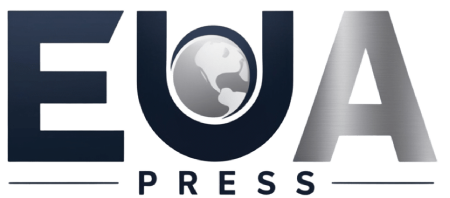Francisco Gonçalves Perez explains that the circular economy is not just a theoretical concept, but a feasible and necessary model for the future of production chains. The proposal is based on eliminating waste, reusing materials, and extending the lifecycle of products. It involves rethinking everything from design to disposal, replacing the traditional model of extraction, use, and disposal with smarter practices that are connected to the environment.
The transition to this model requires a cultural and structural shift from both businesses and consumers. While companies must invest in process innovation, citizens need to understand the impact of their consumption choices. Implementing the circular economy demands commitment, planning, and a willingness to revise established patterns. However, with organization, it is possible to implement efficient and scalable solutions.
How can businesses adopt the circular economy without compromising their competitiveness?
One key for companies wishing to transition to this model lies in adopting eco-design, which means developing products with their disassembly, reuse, or recycling in mind. Modular, biodegradable, or reusable materials are gaining traction in this context. Francisco Gonçalves Perez emphasizes that this approach can reduce long-term costs while catering to a more conscious and demanding consumer.
Creating reverse logistics systems and reusing industrial waste is also an effective path. Some companies transform production leftovers into new inputs or resell them to third parties, avoiding disposal. Partnerships with recycling cooperatives, investment in technology, and new business models, such as rental or sharing, are examples of practices that integrate circular logic without jeopardizing operations.

How can consumers apply the principles of the circular economy in their daily lives?
Even with simple changes, consumers play an essential role in the circular economy. Choosing durable products, avoiding disposables, and practicing conscious consumption are basic yet impactful actions. Assessing whether something can be repaired before replacing it, donating instead of throwing it away, and seeking brands committed to sustainability are practices that help reduce waste volume.
Paying attention to proper disposal is also part of this change. Separating recyclable waste, using collection points, and avoiding mixing materials are actions that extend the lifespan of resources. Francisco Gonçalves Perez reinforces that each improperly discarded item represents a loss of economic and environmental value. When consumers actively engage, they pressure the market to adapt and positively influence the entire chain.
What are the main challenges to consolidating this model in today’s society?
One obstacle is the very structure of mass consumption, which is still heavily based on disposal and planned obsolescence. Products designed to last a short time, poorly integrated services, and ineffective public policies hinder the popularization of the circular model. Environmental and economic education still needs to advance to prepare citizens and managers for new practices.
Efficiency with Purpose
Adopting the circular economy in practice requires a commitment to gradual and consistent change. Businesses and consumers who understand the impacts of the linear model begin to rethink attitudes, revise processes, and seek more sustainable alternatives. The transition demands persistence but also offers opportunities. Cost reduction, strengthening institutional image, customer loyalty, and access to new markets are some of the benefits for those who choose to act with a forward-looking vision. For Francisco Gonçalves Perez, this movement represents a natural evolution of an economy that needs to continue growing, but in a regenerative, conscious, and collaborative manner.
Author: Bergezin Vuc







